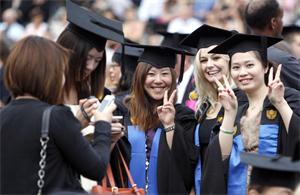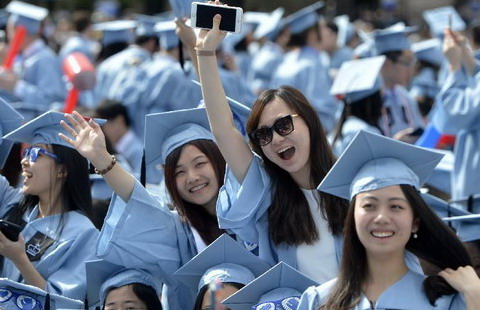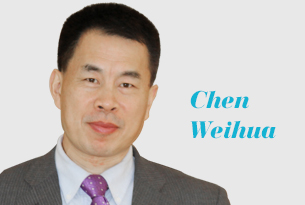Hope for continuity and change in Myanmar
By Kavi Chongkittavorn (China Daily) Updated: 2015-11-11 07:29The second possibility is the NLD is still the winner, but without a large majority. In this case, Suu Kyi continues to press for constitutional amendments to secure the presidency, which bans her ascendancy as enshrined in the 2008 constitution. Her latest remark on her future political role as above the president has upset the Tatmadaw and drawn heavy criticism from USDP leaders. If she pursues this aim, the country's post-election political scene could easily sink into crisis as she would face serious objections from the military.
It would be wise for her to stick with the present charter for the time being. Under the 2008 constitutional framework, the military would be willing to wait and give the NLD a chance.
The third possibility would be the two main parties forming a national coalition government with assistance from ethnic parties. This formula would be ideal for post-election Myanmar, as it would be able to simultaneously pursue the changes Suu Kyi has constantly called for and the continuity of the economic and political reforms initiated by Thein Sein would be retained.
If they can collaborate as they did between 2011 and 2012, Myanmar will have a win-win formula: continuity and change.
But when some of the promises by Thein Sein for further reforms and constitutional-related matters were not kept, Suu Kyi adopted a tougher position against the ruling party.
To form a government of national unity, both Thein Sein and Suu Kyi must reach a good understanding of their respective roles in the new political environment. The choice of president and two vice-presidents will show how much rapport they have and their political pragmatism.
The author is a senior fellow at the Institute of Strategic and International Studies at Chulalongkorn University/Asia News Network.
- China vows backing as Myanmar decides
- Myanmar opposition leader urges people to stay calm with election result
- Fate of soldiers' remains in Myanmar under discussion
- Myanmar's general election begins across country
- Myanmar polls hold promise for SE Asia
- General election to reflect people's genuine desire: Myanmar president
- Myanmar gov't signs ceasefire accord with 8 armed groups
- Myanmar opposition leader terms election as crucial turning point of country
- China and Myanmar focus on border safety

I’ve lived in China for quite a considerable time including my graduate school years, travelled and worked in a few cities and still choose my destination taking into consideration the density of smog or PM2.5 particulate matter in the region.











